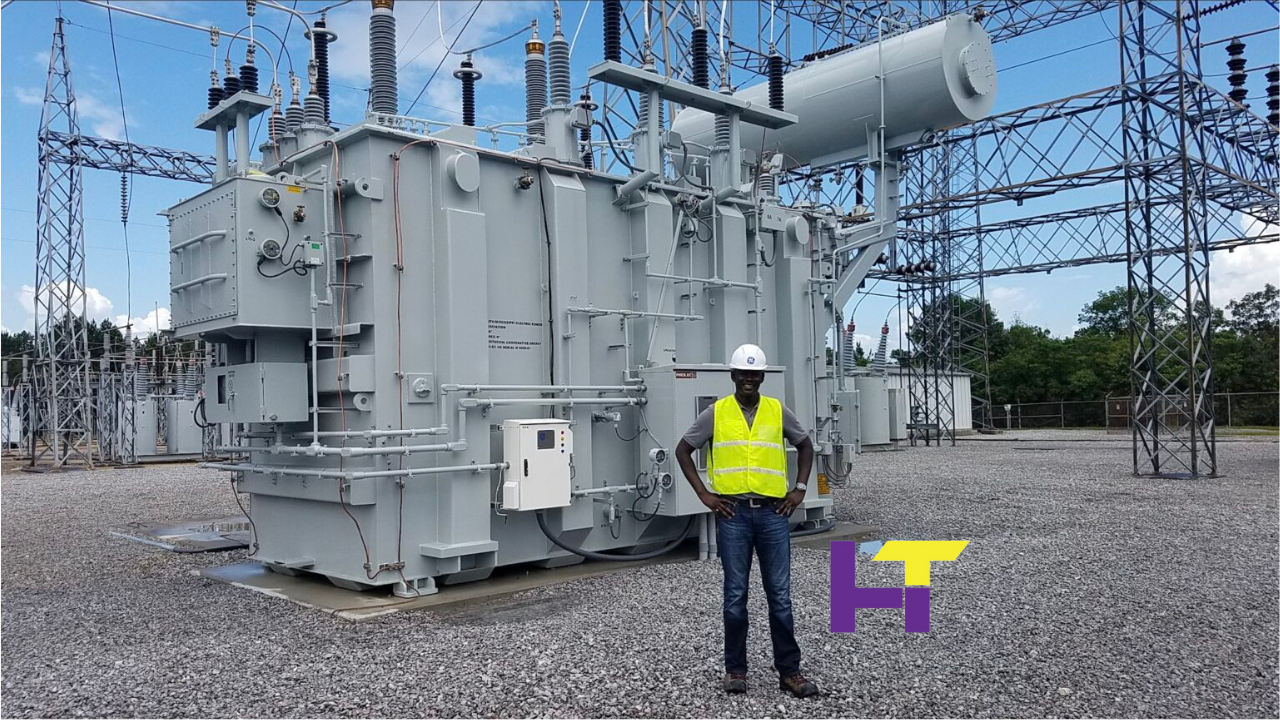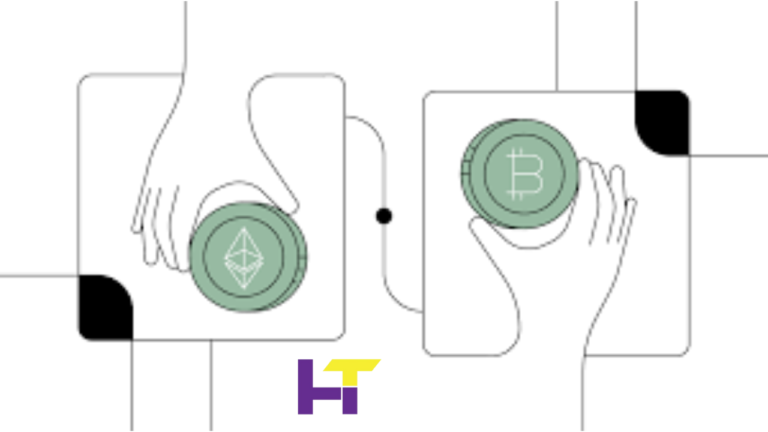Exploring the Functions of Electrical Substation Transformers in Power Grids

Electrical substation transformers play a crucial role in power grids by managing the voltage levels of electricity as it moves from power plants to end-users. These transformers are essential components that help ensure electricity’s efficient and safe transmission across various distances.
In this article, we will explore the functions of electrical substation transformers in power grids and understand their importance in electricity distribution.
Understanding the Basics of Electrical Substation Transformers
An electrical substation transformer is a static device that transfers electrical energy between two or more circuits through electromagnetic induction. It typically consists of two sets of windings, known as primary and secondary windings, which are electrically separated but magnetically linked through a core.
The primary winding receives electrical energy at a specific voltage level, while the secondary winding delivers the transformed energy at a different voltage level.
The transformer’s core is usually made of laminated steel to provide a low reluctance path for the magnetic flux. This allows for efficient energy transfer between the windings. Transformers are vital components in electrical power distribution systems, as they help step up voltage for long-distance transmission and step down voltage for safe utilization in homes and businesses.
They also play a crucial role in voltage regulation, power factor correction, and isolation between different circuits. Electrical substation transformers are essential for maintaining a reliable and efficient consumer electricity supply.
Step-Up Transformers
One of the primary functions of electrical substation transformers is to step up or down the voltage levels of electricity.
Step-up transformers increase the voltage level of electricity generated at power plants for efficient long-distance transmission. Raising the voltage can reduce the current required to transmit power, which helps minimize energy losses during transmission.
Step-Down Transformers
On the other hand, step-down transformers are employed to decrease the voltage levels of electricity to safer and more usable levels before it reaches homes, businesses, and industries. These transformers lower the voltage to a level suitable for various applications, such as lighting, heating, and operating electronic devices, ensuring end-users’ safety.
Isolation and Grounding
Electrical substation transformers also provide isolation and grounding functions in power grids. Isolation transformers help prevent current flow between the primary and secondary circuits, ensuring equipment and personnel safety. Grounding transformers create a neutral connection to the earth, which helps stabilize the voltage levels and protect the grid from voltage surges and faults.
In addition, electrical substation transformers play a crucial role in power distribution by stepping up or down the voltage levels to ensure efficiency and minimal power loss during transmission.
They help maintain a consistent and stable electricity supply to homes, businesses, and industries. These transformers are essential components in the power grid infrastructure, enabling electricity to be transmitted over long distances with minimal loss and ensuring reliable power supply to consumers.
Reactive Power Compensation
In addition to voltage regulation, electrical substation transformers contribute to reactive power compensation in power grids. Reactive power is essential for maintaining voltage levels and supporting the operation of inductive loads. By adjusting the reactive power output, transformers help improve the power factor of the grid and enhance its overall efficiency.
Reactive power compensation by electrical substation transformers ensures stable voltage levels across the power grid. Transformers play a significant role in supplying reactive power to meet the varying demands of inductive loads, such as motors and transformers.
This control of reactive power helps optimize the grid’s power factor, thereby reducing line losses and improving the overall efficiency of the electrical system. Reactive power compensation also aids in voltage stability, allowing for smooth and reliable operation of the grid even during periods of high demand or fluctuations in the system.
Consequently, transformers at substations play a vital role in voltage regulation and in enhancing the quality and efficiency of power distribution within the grid.
Enhancing Grid Reliability
Another critical function of electrical substation transformers is to enhance the reliability and stability of power grids. By regulating voltage levels, managing reactive power, and isolating circuits, transformers play a crucial role in preventing power outages, reducing downtime, and ensuring a continuous electricity supply to consumers.
Integration of Renewable Energy Sources
Electrical substation transformers are becoming even more critical with the increasing integration of renewable energy sources, such as solar and wind power, into the grid. These transformers help manage the intermittent nature of renewable energy generation, stabilize voltage fluctuations, and ensure the seamless integration of clean energy sources into the existing power infrastructure.
READ MORE
Conclusion
Electrical substation transformers are indispensable components of power grids, serving multiple functions essential for efficient and reliable electricity transmission.
By stepping up or down voltage levels, providing isolation and grounding, supporting reactive power compensation, and enhancing grid stability, transformers play a vital role in ensuring a steady electricity supply to consumers.
As the energy landscape evolves with the adoption of renewable energy sources, the role of electrical substation transformers will continue to be pivotal in shaping the future of power distribution.






